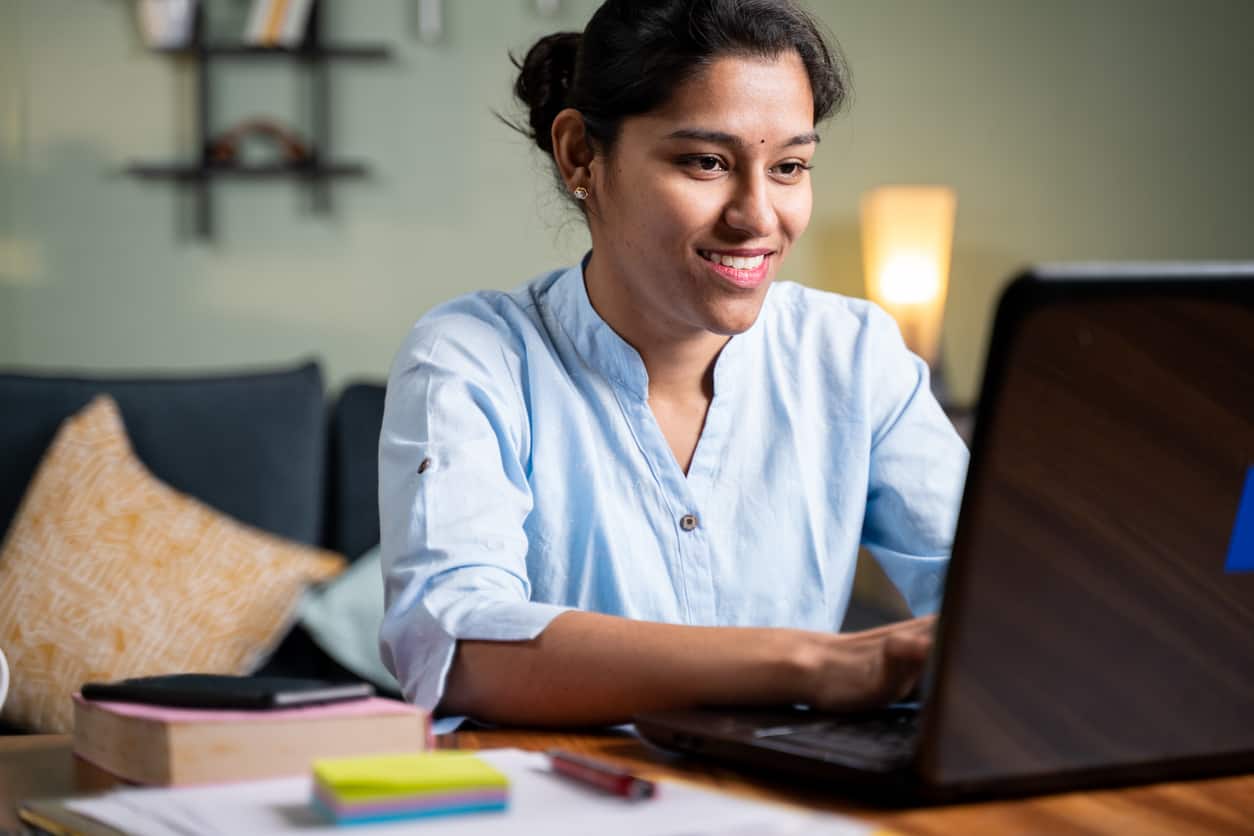Today we celebrate Digital Learning Day across the country by taking time to highlight the impact of technology on teaching and learning.
Any educator will tell you digital learning includes:
- Frozen screens
- Pages that won’t load
- Lost passwords
- Logging in to different sites and platforms
- Paying for licenses or log-ins
- Realizing your licenses or log-ins have expired on the day you really really need it
- Not having enough devices
- Troubleshooting when devices break
- Troubleshooting when all the things that go along with a device break – a mouse, keyboard, trackpad, headphones, etc.
- Students sneaking onto things they shouldn’t
- Coming up with a digital citizenship lesson plan and behavior policy
- Plugging all the devices in at the end of the day to make sure they’re charged
- Showing up to school to realize all the devices are, in fact, not charged
- The internet goes down
Coming up with an alternative, on the fly, lesson plan when all the devices are dead or the internet goes down.
Sounds bleak right? Well, the things that are worth doing are rarely easy.
Despite the bumps and blind spots, at the end of the day (or school year rather), I could see the impact of technology in my classroom.
From researching and streaming content, creating my own worksheets, assigning differentiated projects, translating homework– I could do things I thought I didn’t have the capacity to do. Did the big ideas always work? No, and definitely not at first. Did they get easier and more fun over time? Definitely. Did they lead to greater outcomes for my students? I believe they did.
So what did that kind of digital learning actually look like?
- The excitement in my student’s’ eyes when they had the agency to choose their own online content. On my end, I could rest easy because I knew they were accessing material that was leveled, targeted, and designed for me to progress monitor.
- A wider range of differentiation for my students. A student who struggled to hold a pencil could practice his letter formation on a tablet. For my most advanced students, I could print leveled nonfiction articles for them to read, annotate, and construct a group project.
- As a new teacher, I was able to find online resources, content, and models of success. I used technology to save hours on material prep, progress monitoring, and grading.
My appreciation for digital learning took time. It wasn’t until I looked back that I realized how much additional access and opportunity were a product of technology. It not only enhanced the good things that were already happening in my classroom but also opened up windows of new ideas and possibilities.
What are your reflections on Digital Learning Day?



